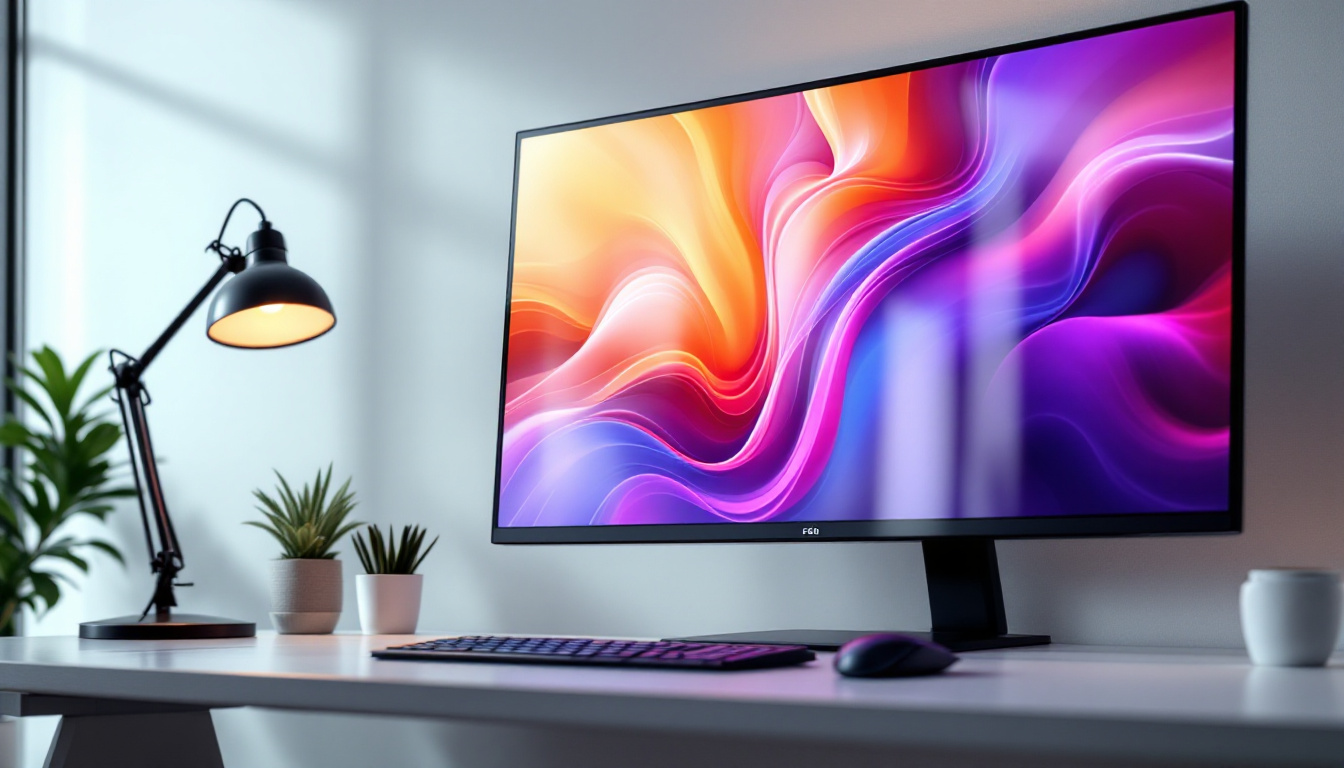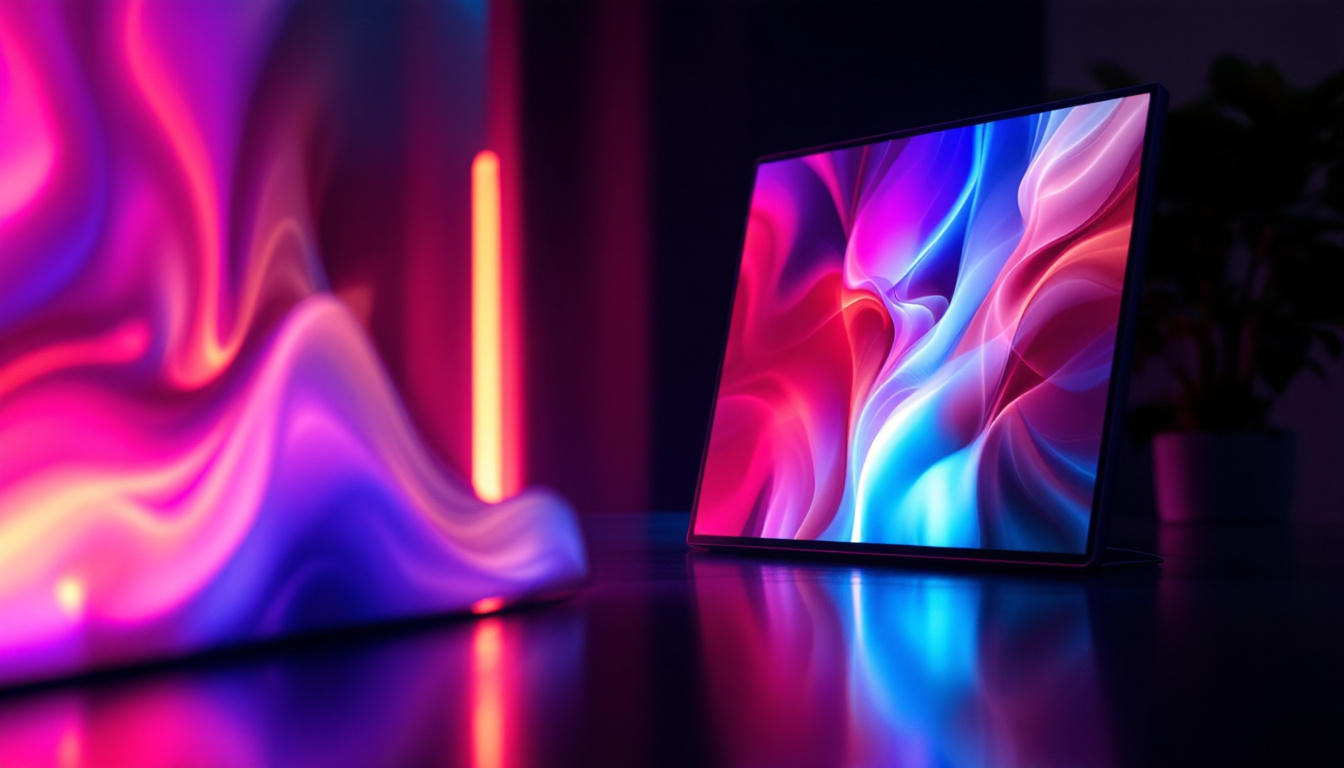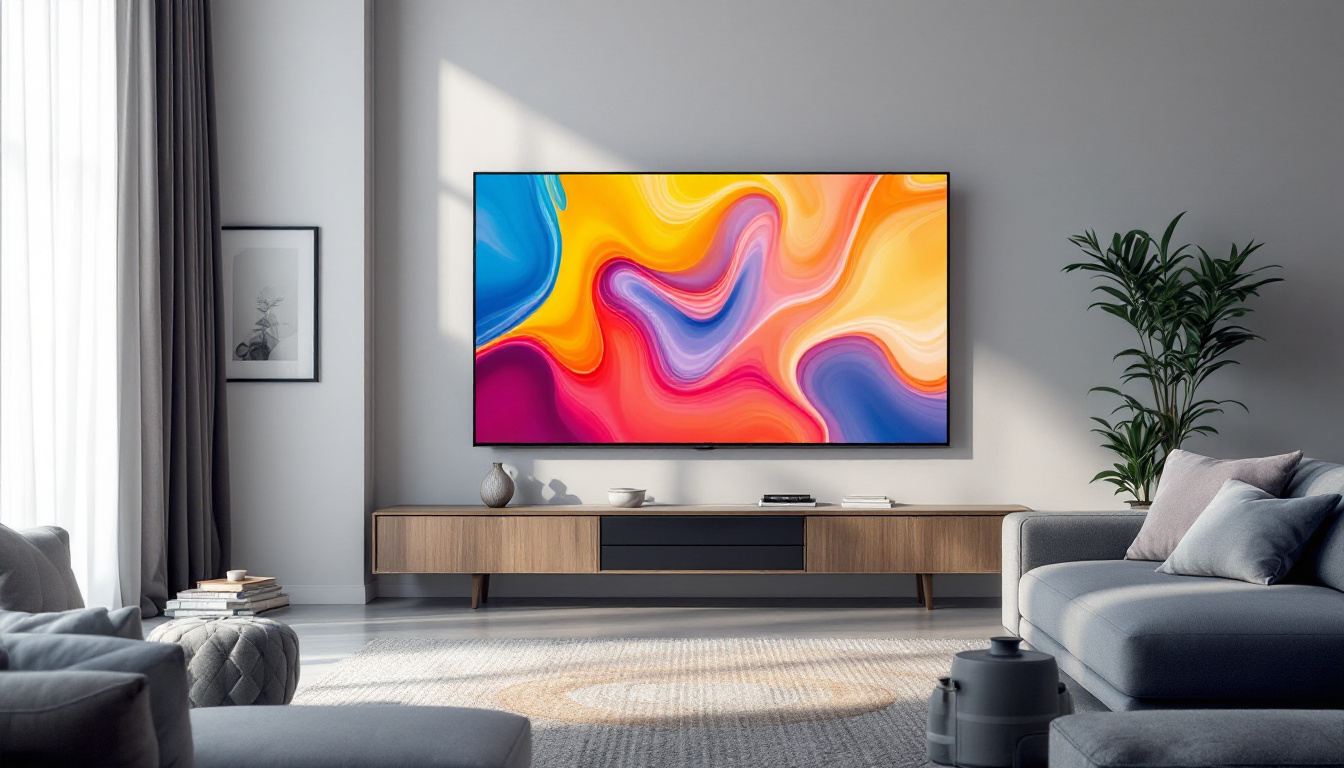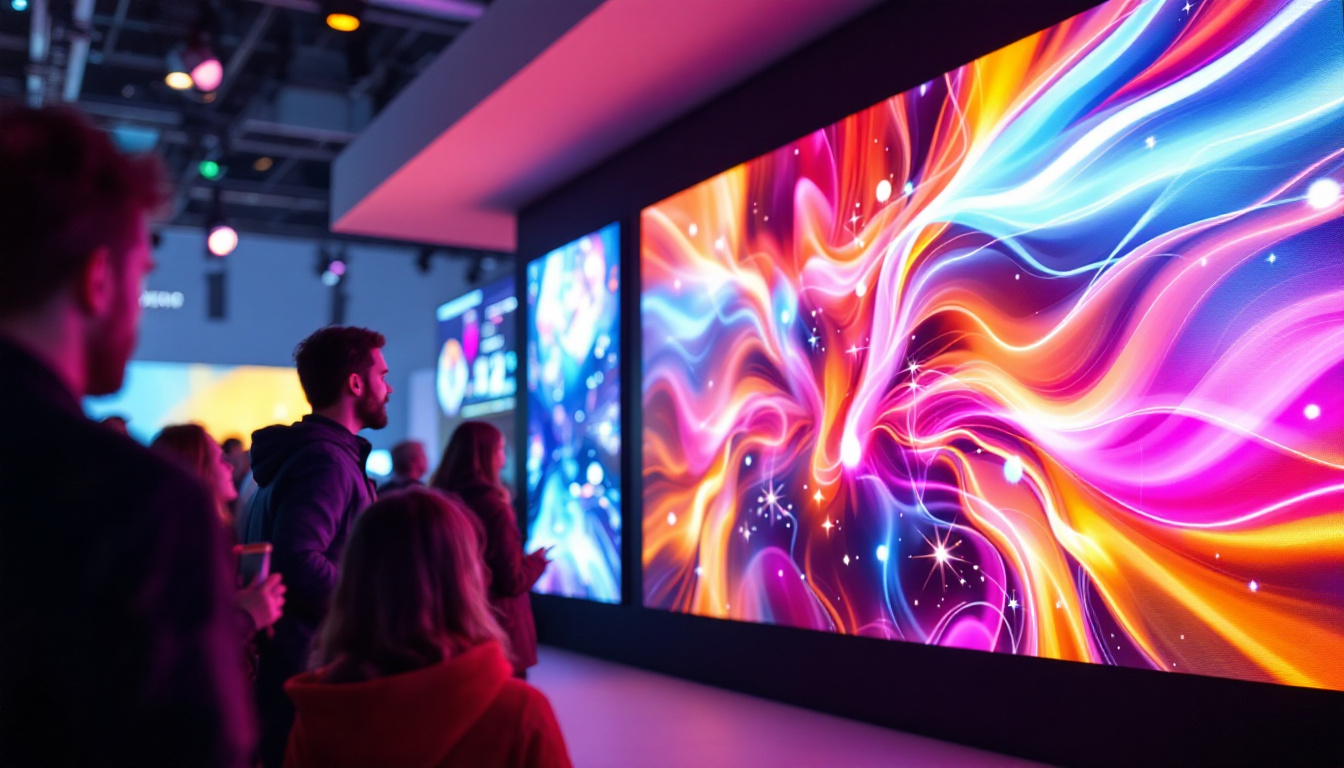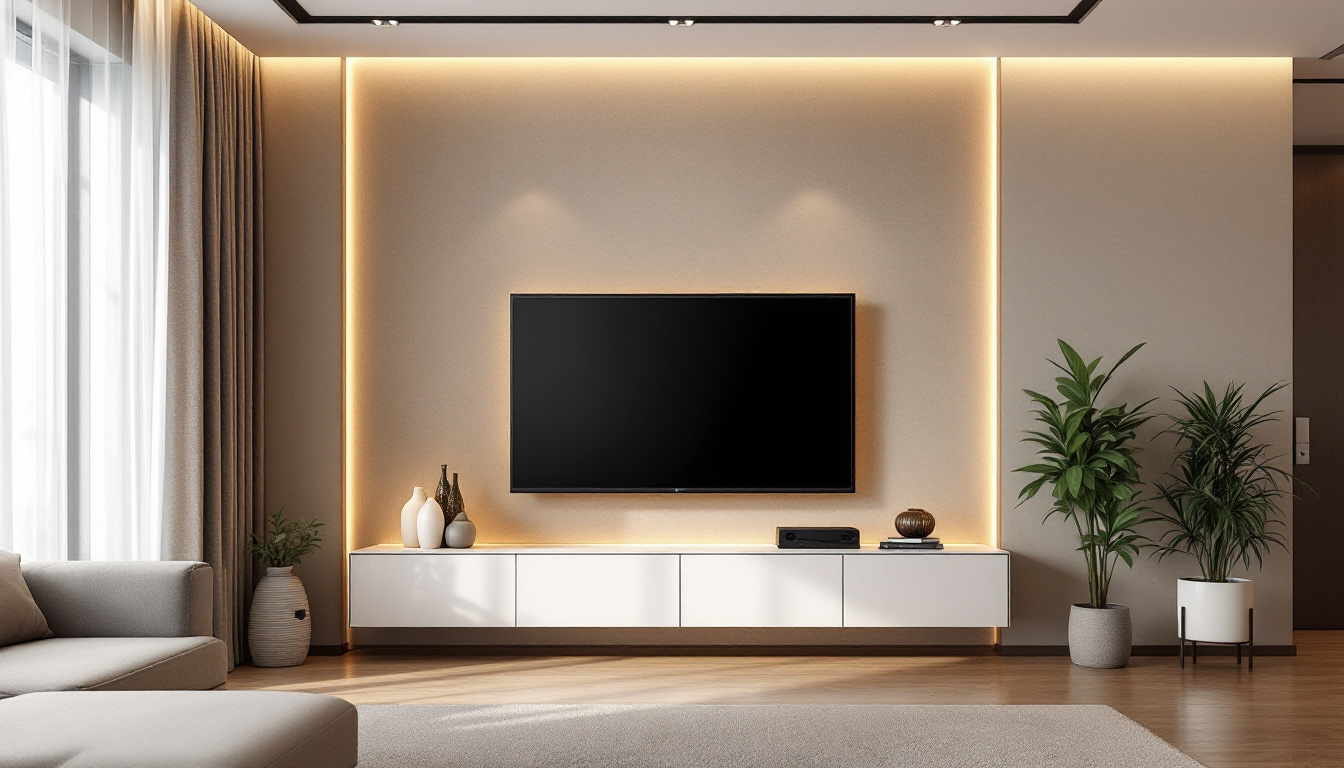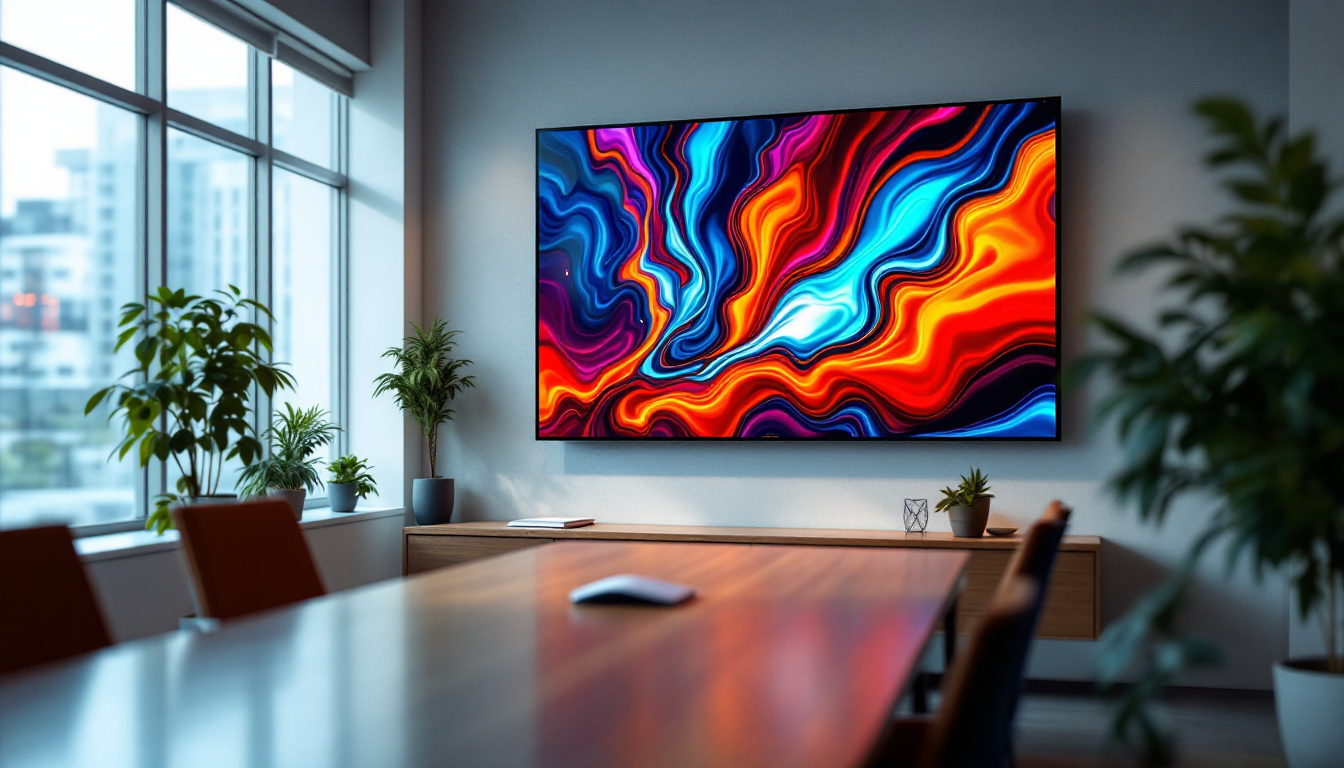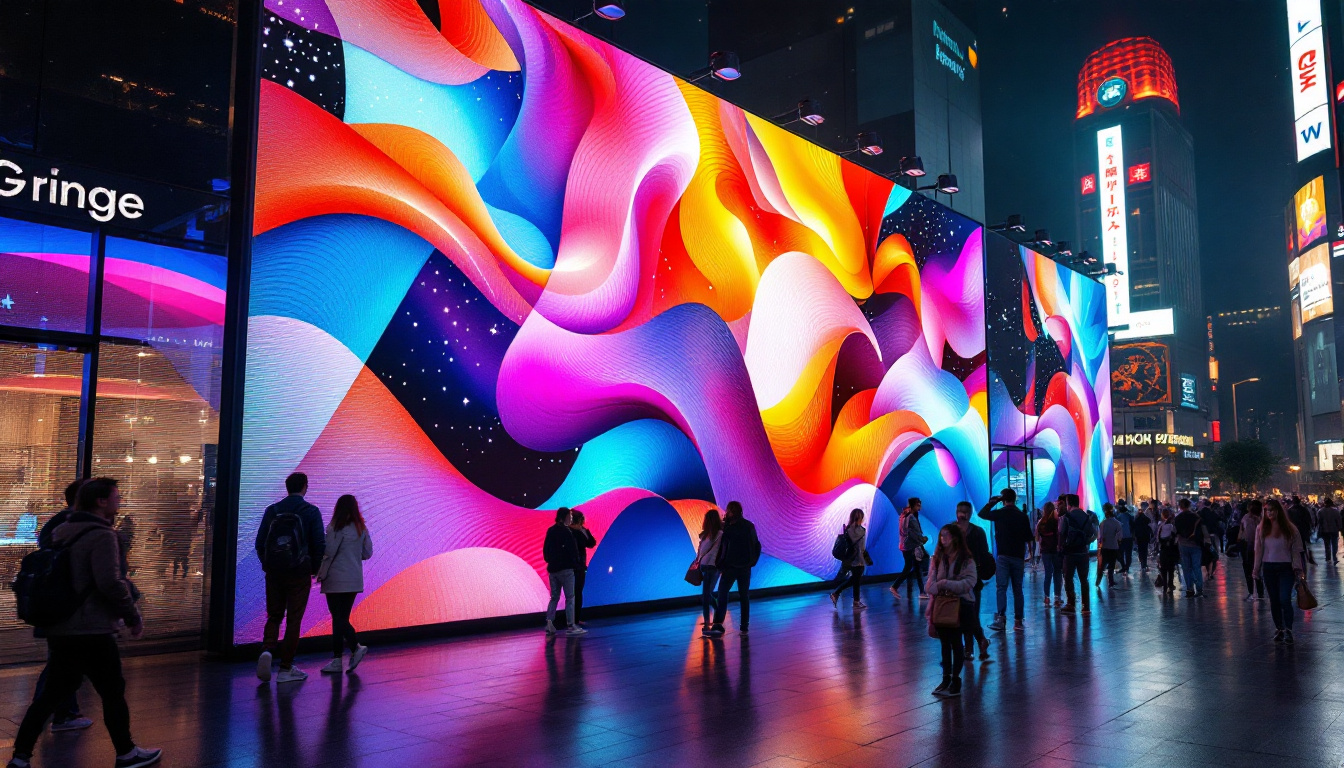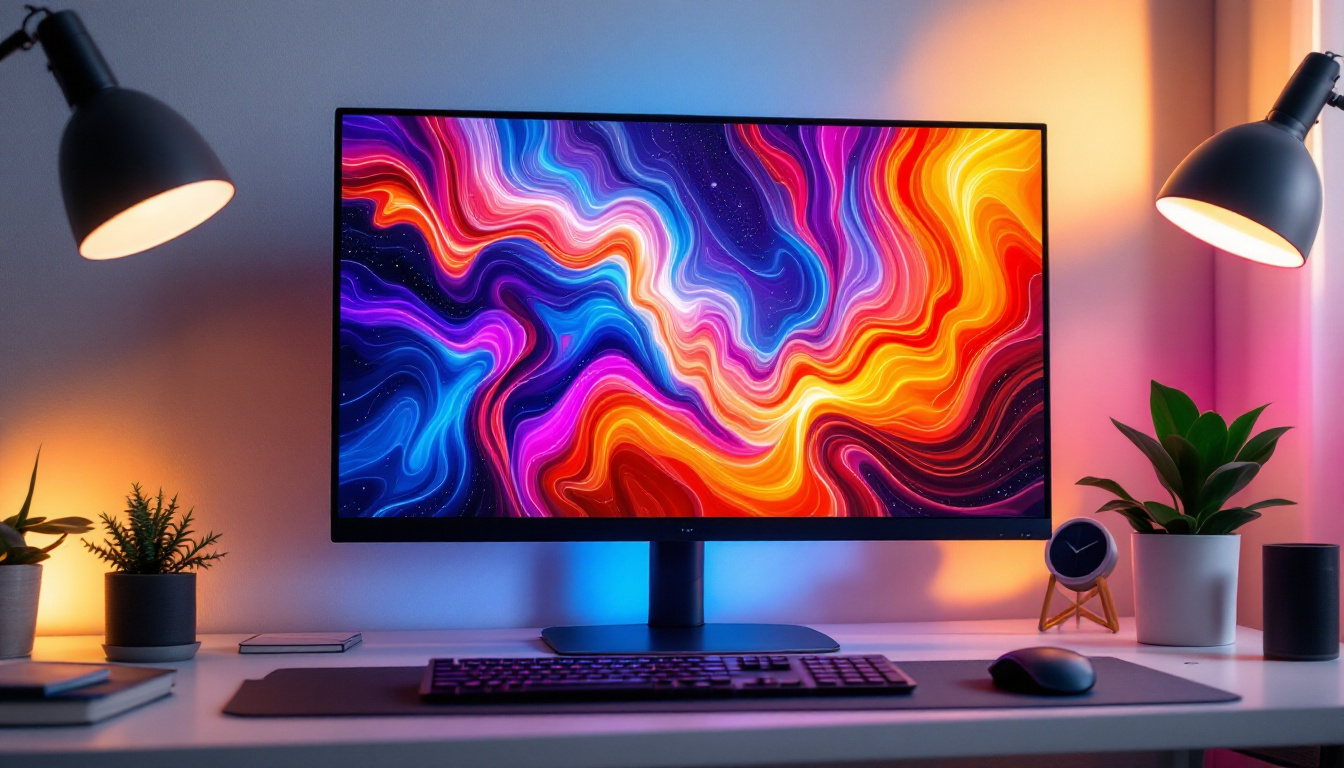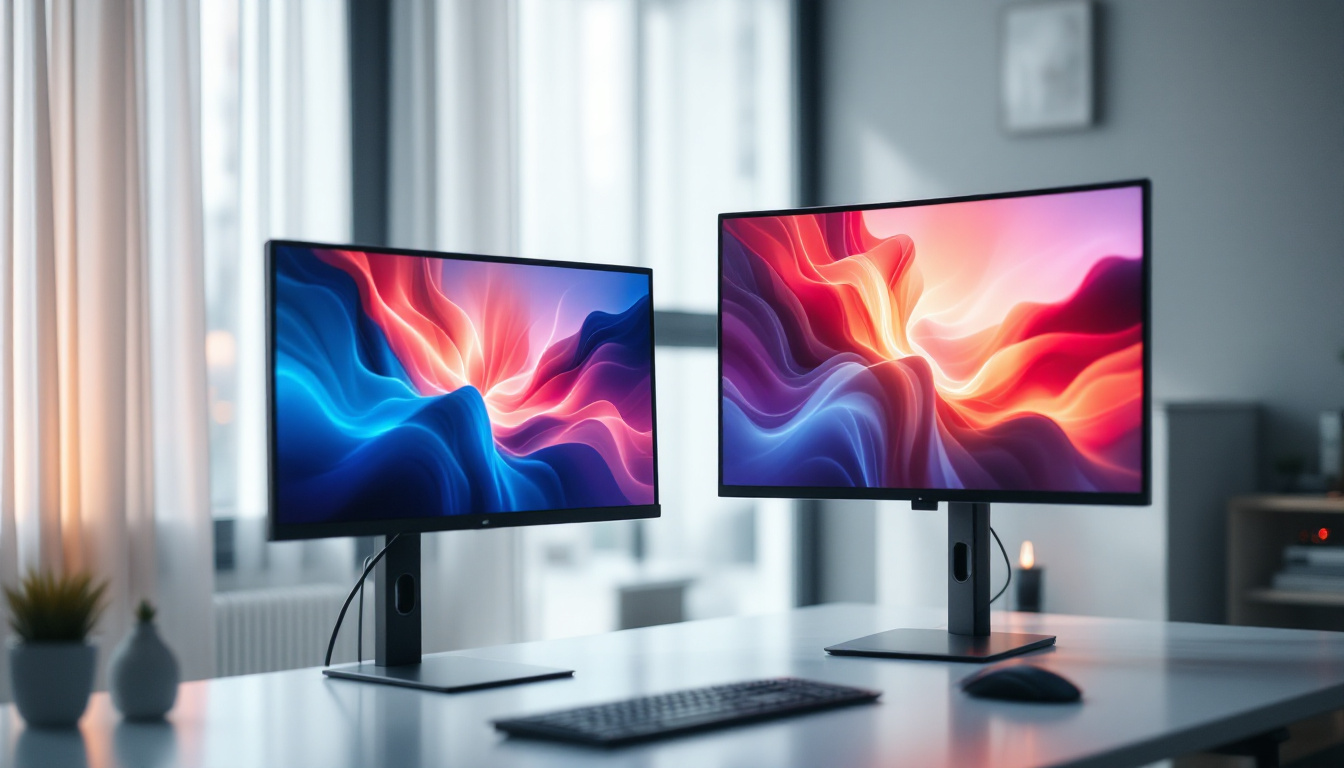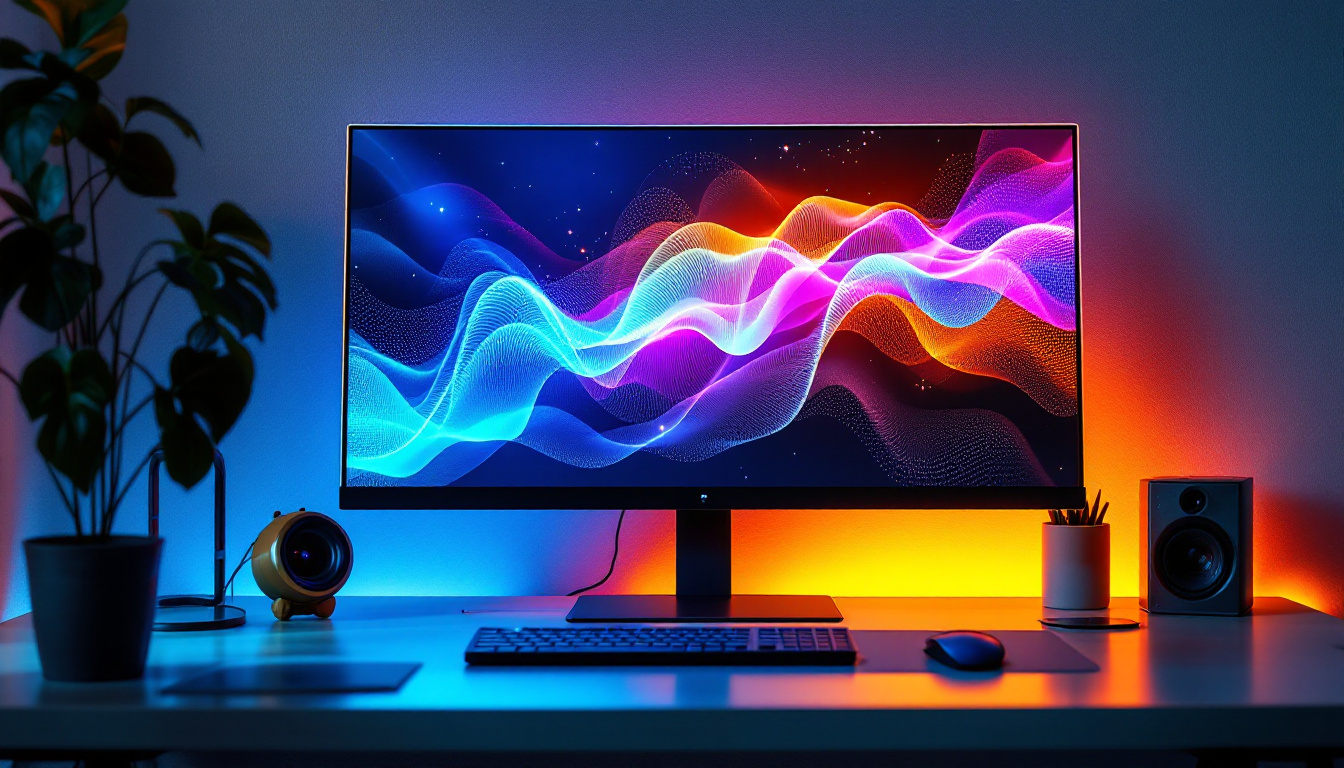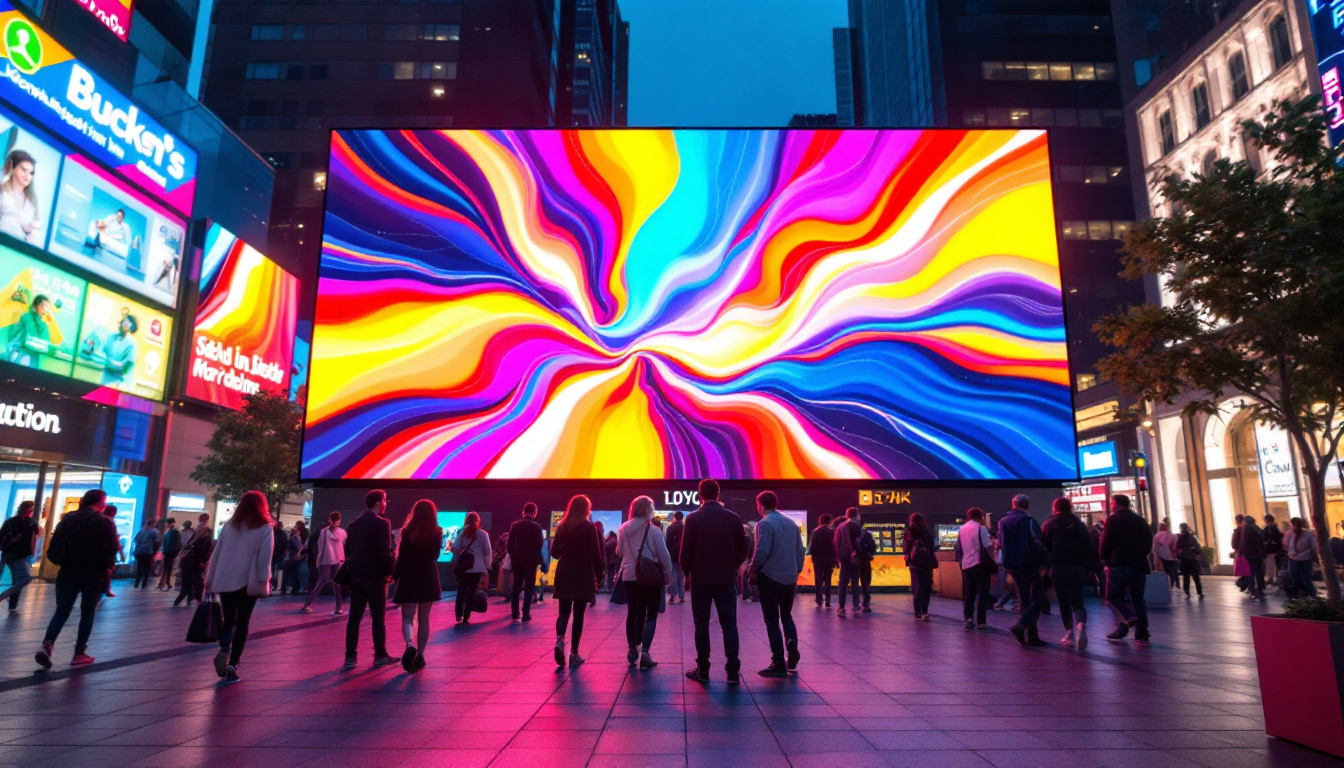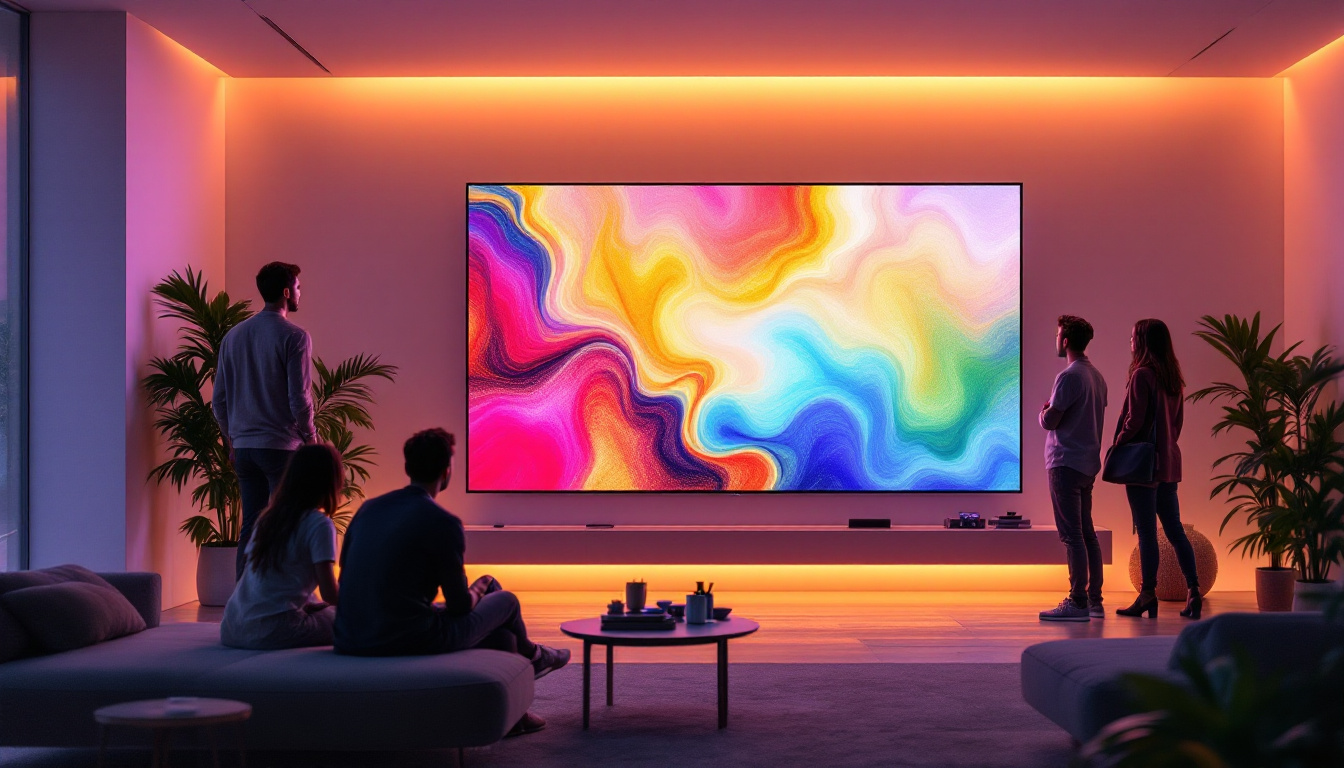In the world of computer displays, the contrast ratio is a crucial specification that can significantly influence the viewing experience. A monitor with a high contrast ratio can deliver deeper blacks, brighter whites, and a broader range of colors, making it essential for tasks such as graphic design, gaming, and multimedia consumption. This article delves into the intricacies of contrast ratios in LED displays, helping users understand what makes a monitor stand out in this regard.
Understanding Contrast Ratio
Contrast ratio is defined as the difference in light intensity between the brightest white and the darkest black a display can produce. It is typically expressed as a ratio, such as 1000:1, where the first number represents the brightness of the white and the second number represents the brightness of the black. A higher contrast ratio indicates a greater difference between the two extremes, which can lead to a more dynamic and visually appealing image.
How Contrast Ratio Affects Image Quality
The impact of contrast ratio on image quality cannot be overstated. A monitor with a high contrast ratio will display more detail in dark scenes, making it ideal for watching movies or playing video games with rich, dark visuals. Conversely, a low contrast ratio can result in washed-out images where details are lost in shadows.
Moreover, a high contrast ratio enhances color accuracy. When blacks are truly black and whites are bright, colors appear more vibrant and true to life. This is particularly important for professionals in fields such as photography and graphic design, where color fidelity is paramount. The ability to discern subtle differences in shades can make or break a project, influencing everything from branding decisions to artistic expression.
In addition to its importance in professional settings, contrast ratio significantly impacts everyday viewing experiences. For instance, when watching television in a dimly lit room, a display with a high contrast ratio can create a more immersive experience, allowing viewers to appreciate the nuances of cinematography. On the other hand, a display with a low contrast ratio may lead to eye strain, as viewers struggle to differentiate between similar tones in bright or dark scenes.
Types of Contrast Ratios
There are two main types of contrast ratios: static and dynamic. Static contrast ratio refers to the fixed difference between the brightest and darkest points of the display. This measurement is more reliable for assessing a monitor’s performance, as it does not change based on the content being displayed.
Dynamic contrast ratio, on the other hand, measures the difference between the brightest and darkest points during varying scenes. While manufacturers often advertise dynamic contrast ratios as a selling point, they can be misleading. This is because dynamic contrast relies on the monitor’s ability to adjust brightness levels in real-time, which may not accurately represent the display’s performance in all scenarios. In practice, this means that while a monitor may boast an impressive dynamic contrast ratio, the actual viewing experience may not reflect those numbers, especially in static images or consistent lighting conditions.
Furthermore, understanding the context in which these contrast ratios are applied is crucial. For example, in gaming, where rapid scene changes occur, a dynamic contrast ratio may seem appealing, but if the monitor cannot keep up with the pace of the action, it can lead to ghosting or blurring effects. Therefore, consumers should consider both types of contrast ratios alongside other specifications such as response time and refresh rate when evaluating a display for their specific needs.
LED Display Technology and Contrast Ratio
LED (Light Emitting Diode) displays have become increasingly popular due to their energy efficiency and superior image quality. However, not all LED monitors are created equal when it comes to contrast ratio. Understanding the technology behind LED displays can help consumers make informed choices.
Types of LED Backlighting
LED monitors typically use one of two types of backlighting: edge-lit or full-array. Edge-lit monitors have LEDs positioned along the edges of the screen, which can lead to uneven lighting and lower contrast ratios. In contrast, full-array backlighting features a grid of LEDs behind the entire screen, allowing for more uniform brightness and better contrast performance.
Additionally, some full-array LED displays incorporate local dimming technology, which enables specific zones of the screen to dim independently. This feature can significantly enhance the contrast ratio, especially in scenes with both dark and bright elements, as it allows for deeper blacks without losing detail in brighter areas. Furthermore, local dimming can improve the overall dynamic range of the image, making it more immersive and lifelike, which is particularly beneficial for watching movies or playing video games where visual detail is paramount.
OLED vs. LED: A Contrast Showdown
While LED displays are widely used, OLED (Organic Light Emitting Diode) technology has emerged as a strong competitor, particularly in terms of contrast ratio. Unlike LED displays, OLED panels do not require a backlight; each pixel emits its own light. This allows OLED screens to achieve true blacks, as individual pixels can be turned off completely.
The result is an infinite contrast ratio, providing an unparalleled viewing experience. However, OLED displays can be more expensive and may suffer from issues such as burn-in. Therefore, users must weigh the benefits of superior contrast against potential drawbacks when choosing between LED and OLED technology. In addition to cost considerations, potential buyers should also take into account the longevity and usage patterns of their displays. While OLED technology offers stunning visuals, it may not be the best fit for users who primarily consume static content, such as news channels or video games with fixed interfaces, as these can exacerbate burn-in issues over time. As technology continues to evolve, newer models are being developed to mitigate these concerns, making the choice between LED and OLED increasingly nuanced.
Choosing the Best Contrast Ratio Monitor
When selecting a monitor with the best contrast ratio, several factors should be considered to ensure it meets individual needs and preferences. Here are some key aspects to keep in mind.
Resolution Matters
The resolution of a monitor can also influence perceived contrast. Higher resolutions, such as 4K or 8K, allow for more pixels, which can enhance the overall image quality and detail. A monitor with a high contrast ratio and high resolution will provide a more immersive experience, especially for gaming and media consumption. Additionally, higher resolutions can improve the clarity of text and graphics, making them easier to read and reducing eye strain during extended use. This is particularly beneficial for professionals who spend long hours working on design, video editing, or programming tasks, where precision and detail are paramount.
Panel Types and Their Impact
The type of panel used in a monitor can significantly affect its contrast ratio. Common panel types include IPS (In-Plane Switching), TN (Twisted Nematic), and VA (Vertical Alignment). IPS panels are known for their excellent color accuracy and viewing angles but may not offer the highest contrast ratios compared to VA panels, which typically excel in this area. VA panels, with their deeper blacks and vibrant colors, are often favored for watching movies or playing games in darker environments, as they can create a more dramatic visual experience.
On the other hand, TN panels are generally less expensive and provide faster response times, making them suitable for gaming. However, they often fall short in terms of color reproduction and contrast. Therefore, understanding the strengths and weaknesses of each panel type is essential when choosing a monitor. Moreover, it’s worth noting that advancements in technology are continuously improving these panel types, with newer models offering better performance across the board. For instance, some TN panels now incorporate features that enhance color accuracy, while IPS panels are being designed with improved contrast ratios, making it easier than ever to find a monitor that fits your specific needs.
Top Monitors with High Contrast Ratios
For those in search of monitors that excel in contrast ratios, several standout models are worth considering. These monitors have been praised for their exceptional performance and quality, making them ideal for various applications.
1. Dell UltraSharp U2720Q
The Dell UltraSharp U2720Q is a 27-inch 4K monitor that features an IPS panel with a contrast ratio of 1300:1. This monitor is renowned for its color accuracy and wide color gamut, making it an excellent choice for creative professionals. With its high resolution and impressive contrast, the U2720Q delivers stunning visuals for both work and play.
2. ASUS ProArt PA32UCX
The ASUS ProArt PA32UCX is a premium 32-inch monitor designed for content creators. It boasts a contrast ratio of 1000:1 and supports HDR content, allowing for enhanced brightness and color depth. With its full-array local dimming feature, this monitor provides excellent contrast, making it ideal for video editing and graphic design.
3. Samsung Odyssey G7
The Samsung Odyssey G7 is a gaming monitor that combines high refresh rates with a contrast ratio of 2500:1. Its VA panel ensures deep blacks and vibrant colors, while its curved design enhances immersion during gameplay. This monitor is perfect for gamers seeking a competitive edge without compromising on visual quality.
Conclusion
In summary, the contrast ratio is a vital specification that can greatly influence the viewing experience on LED displays. Understanding the nuances of contrast ratios, the technology behind LED monitors, and the various factors that affect image quality can empower consumers to make informed decisions when selecting a monitor.
Whether for professional use, gaming, or casual media consumption, choosing a monitor with a high contrast ratio can enhance the overall experience. With advancements in technology, options such as OLED and full-array LED displays are becoming more accessible, providing users with a range of choices to suit their needs.
Ultimately, the best contrast ratio monitor is one that aligns with individual preferences and usage scenarios. By considering factors such as resolution, panel type, and specific features, users can find a display that not only meets their expectations but also elevates their visual experience to new heights.
Discover the Ultimate Contrast with LumenMatrix
Ready to take your visual experience to the next level? LumenMatrix, a pioneer in LED display technology, offers a wide array of innovative solutions tailored to your needs. From vibrant Indoor LED Wall Displays to dynamic Outdoor LED Wall Displays, and from sleek LED Poster Displays to immersive LED Sports and Floor Displays, LumenMatrix has it all. Elevate your brand’s presence and engage your audience like never before with our Custom, All-in-One, and Transparent LED Display options. Embrace the future of visual communication with LumenMatrix and witness how our cutting-edge digital signage and LED displays can transform your message into a captivating visual journey. Check out LumenMatrix LED Display Solutions today and see the difference a high-contrast, premium-quality display can make.

